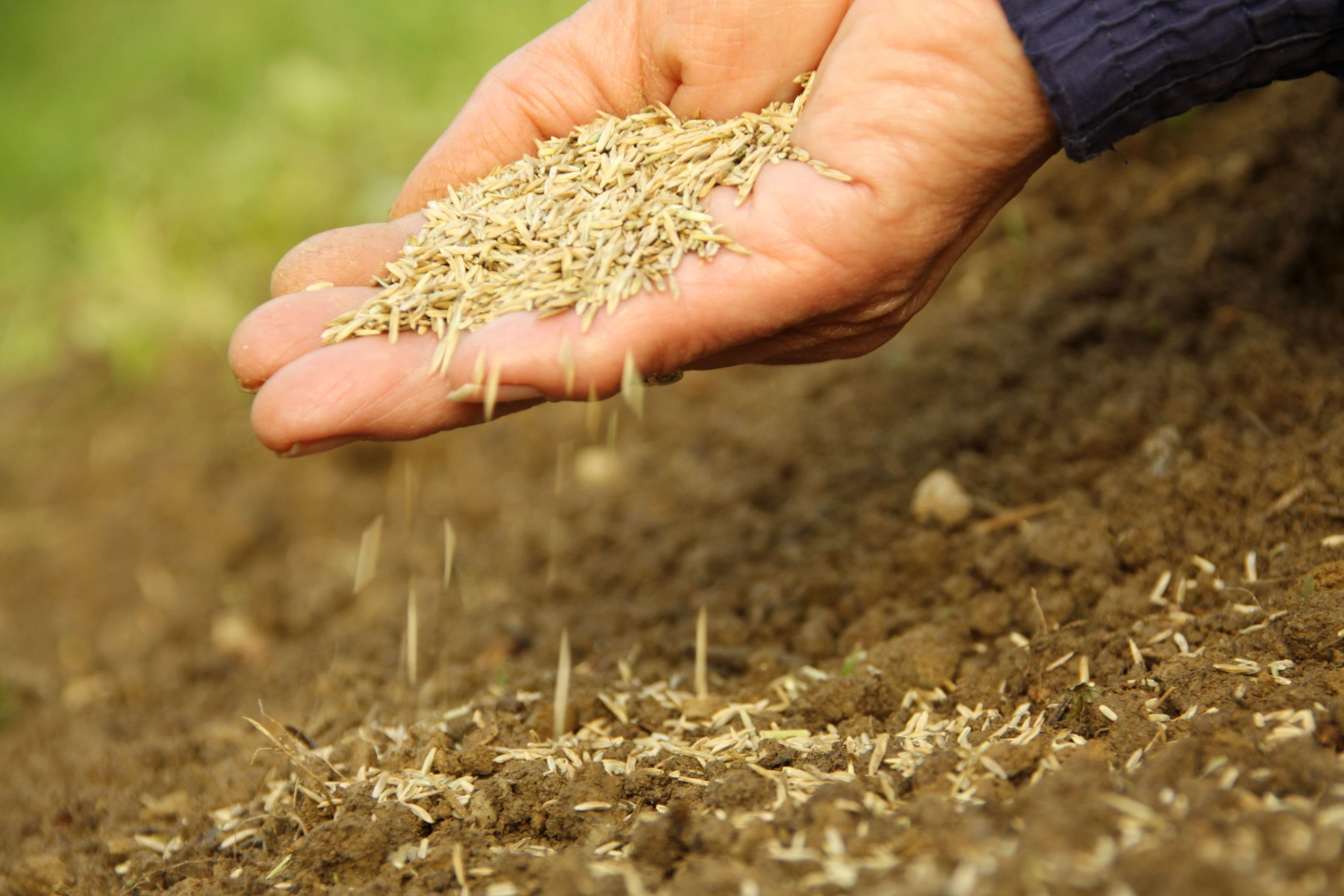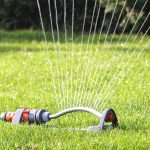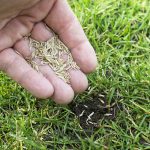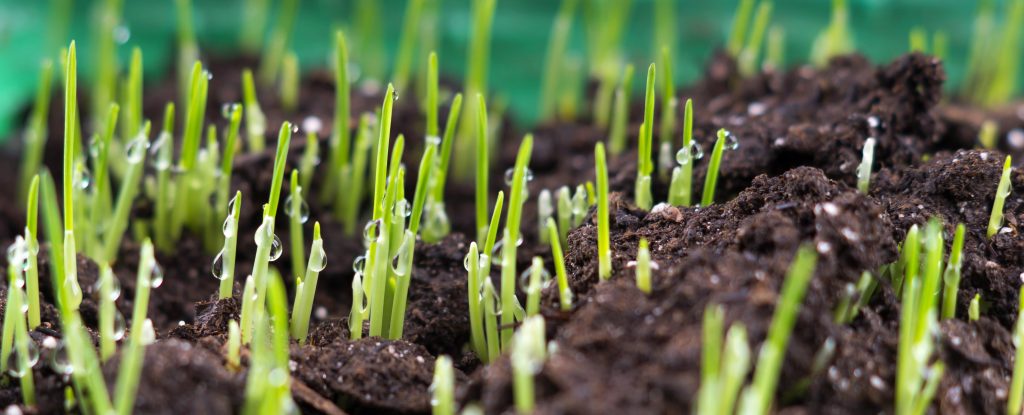If you’ve just bought a bag of grass seeds, you might be wondering – where do they come from?
In this article, we’ve explained where grass seeds are come from, and how they’re grown.
Where does grass seed come from?

When you don’t mow your lawn, and it grows a few feet tall, the grass begins to grow seed heads. It looks a bit like wheat, or wild grass you might have seen in a meadow.
To grow grass seeds, manufacturers let grass grow nice and long, and then harvest the seeds from the top of the plant. They do this on a massive scale, just like a farmer harvests their crop, removing the chaff from the seed head, to harvest the seeds themselves.
The thing is, these grasses that have been planted to make the seeds have been extensively researched and selected to ensure that they will produce the best grass possible. It’s not just any old grass you’ll be getting seeds from, assuming you buy from a reputable manufacturer.
Typically, what growers will do is plant various different types of grass, and subspecies of grass, and see how they grow. They’ll look at how they fare in hot and cold weather, and how resistant they are to foot traffic. The grass that grows best will then be chosen to create seeds from.
The grass seed you buy in the UK is most likely grown in continental Europe, in countries such as Germany. We don’t produce much grass seed in the UK.
How grass seed is farmed
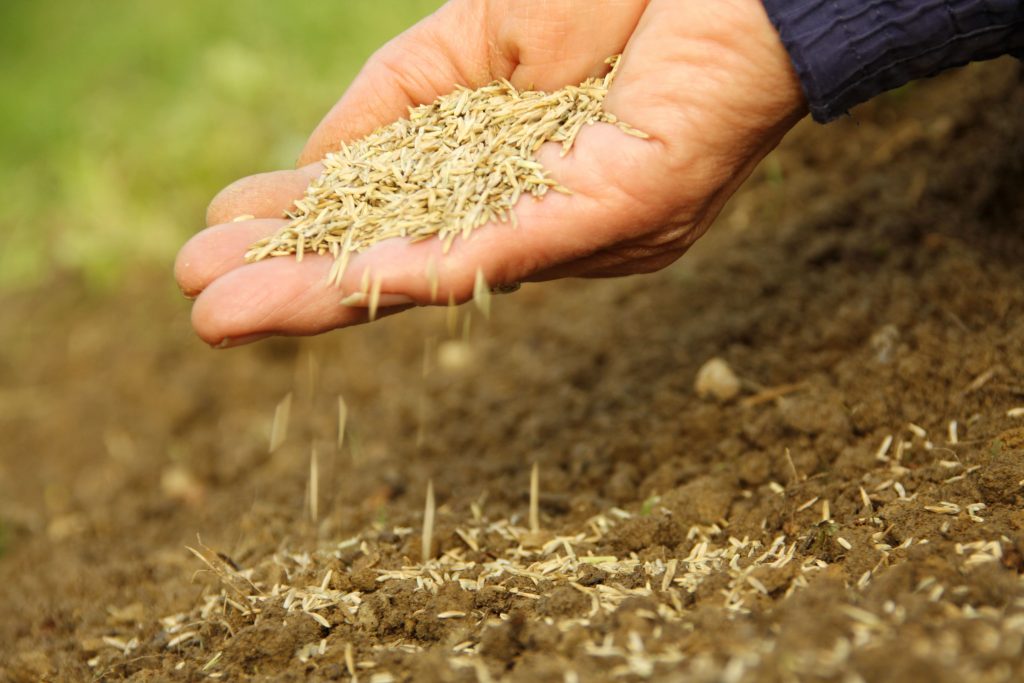
Once grasses have been chosen to grow, here’s how grass seed is farmed, from the point it’s planted, to when it arrives with you.
- Grasses are planted in a field, much like any other crop on a farm.
- The grass is left to grow to at least two feet tall, until the seed head is fully formed.
- The grass is harvested by a combine harvester, and is left to dry.
- The seeds are filtered for impurities, such as any dirt or leftover chaff from harvesting. A large machine vibrates the seed through a filter, which also gives the seeds a more rounded shape. The filtering process also removes dud seeds that won’t grow very well. For example, the seeds may be shot with compressed air, to blow away any seeds that are too light and unlikely to grow.
- At this point, the seeds are sent along from the farm to a factory. At the factory, seed varieties may be combined to create a seed mix, including by combining them with lawn feed, depending on the type of product that is being produced.
- The seeds may be coated with fertiliser, to help them grow more effectively, depending on the type of seed mix being produced.
- The seed mix is bagged, and is sent to the retailer.

I’m Josh, and I’m the head writer at Lawn Care Pro.
I love everything lawns, but I’m a bit of a lawn mower nerd. I spend a lot of my free time tinkering with mowers, and planning my mowing schedule for the next few weeks.
I’m also into cars, which comes in very helpful when servicing a mower engine!

